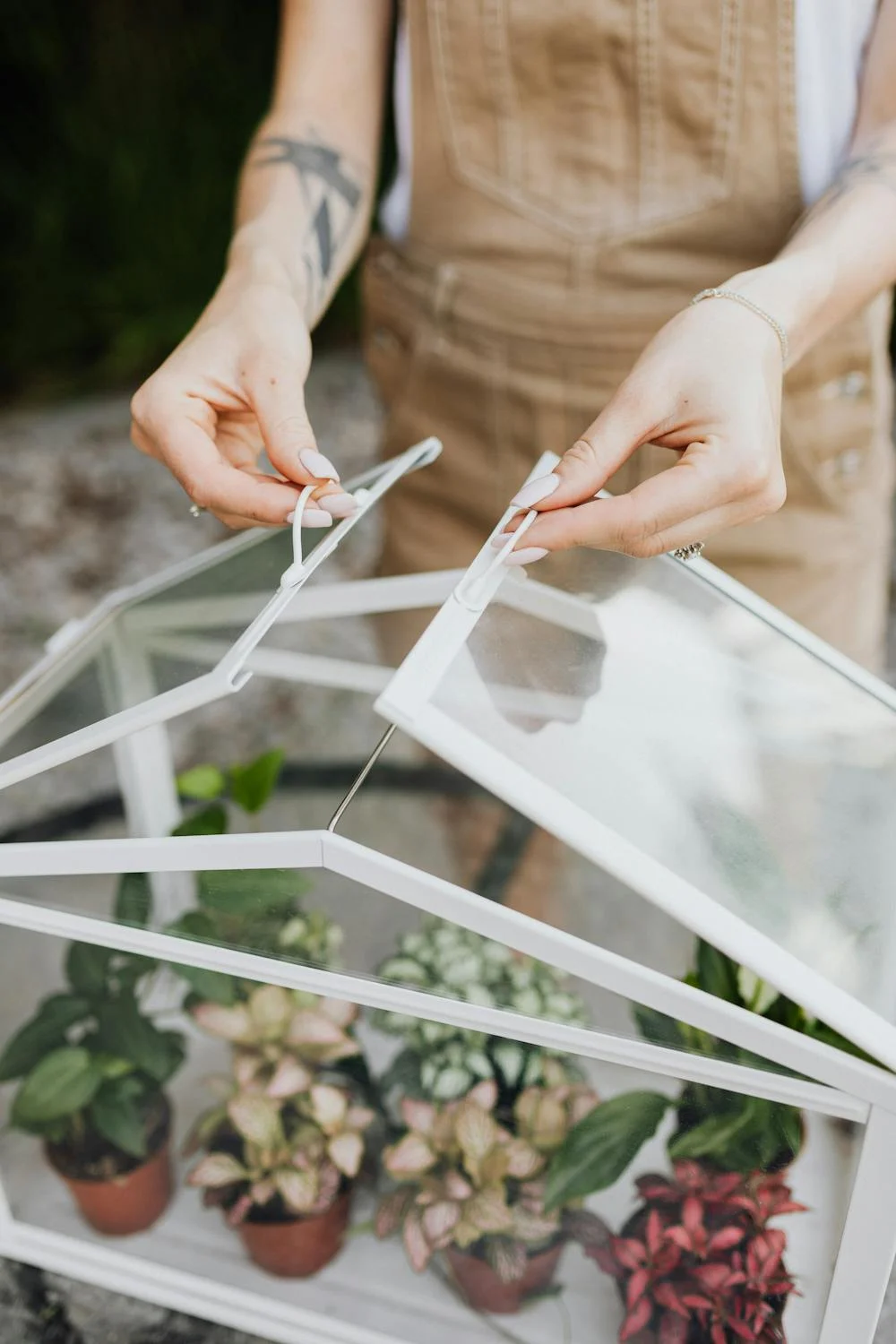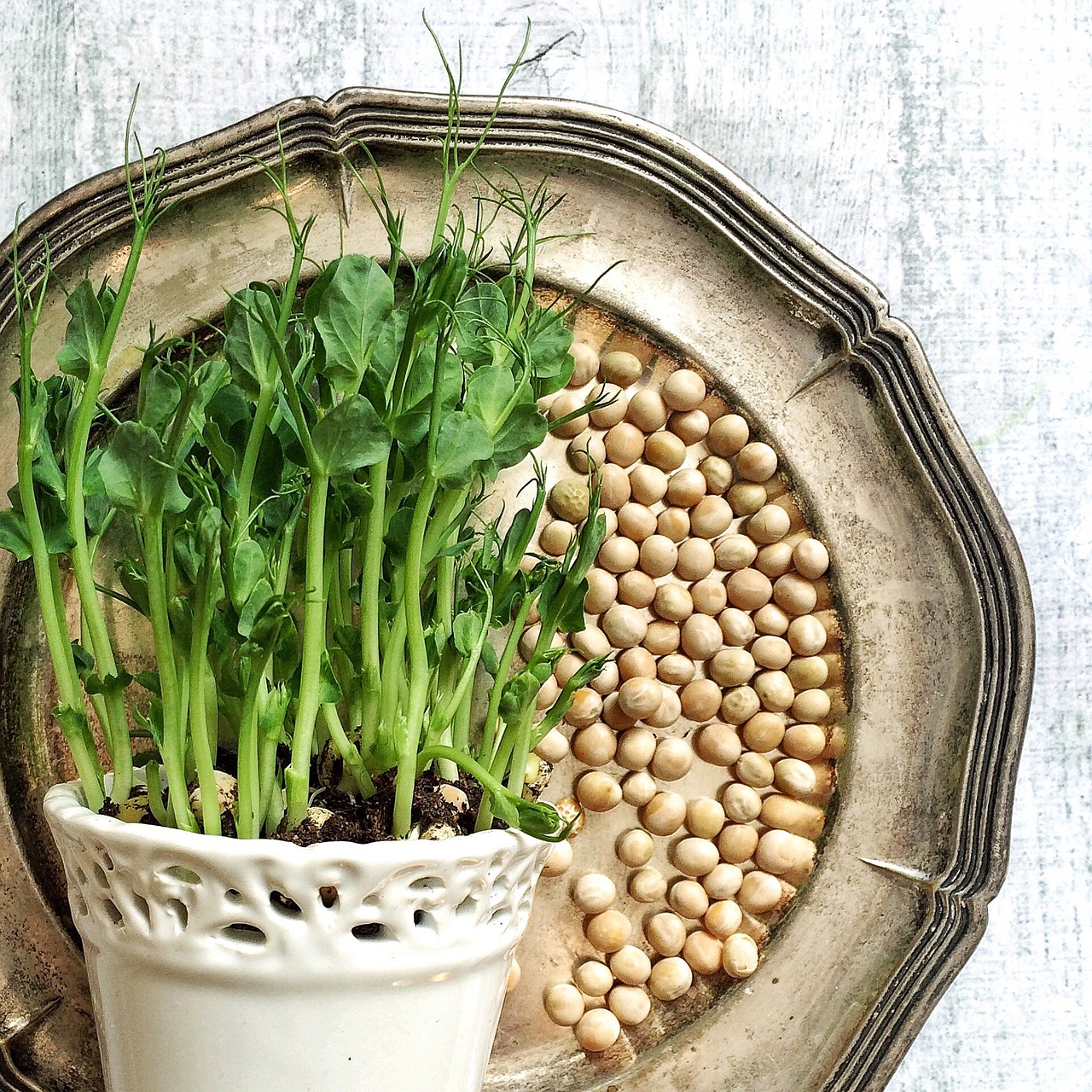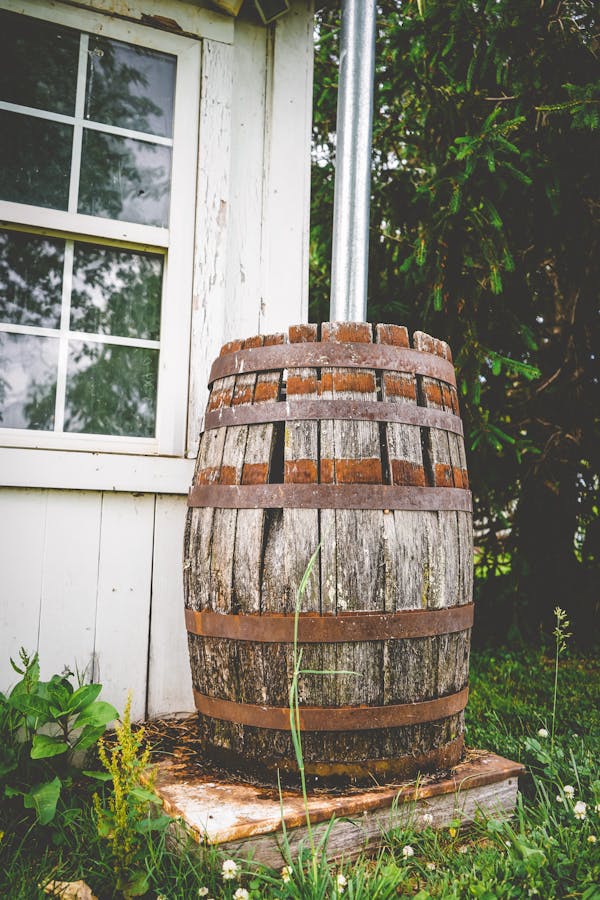Wouldn’t it be great if you could extend your gardening season and protect your plants from harsh weather without the cost of a full-sized greenhouse? A DIY cold frame greenhouse is the perfect solution! Whether you’re an experienced gardener or just starting, this simple yet effective structure helps shield plants from frost while providing the warmth they need to thrive.
Cold frames are particularly useful for vegetable crops, houseplants, and even fruits and berries that need a little extra protection. With the right setup, you can grow fresh produce earlier in the spring and later into the fall—sometimes even throughout winter!
In this guide, we’ll walk you through everything you need to know about building and using a cold frame greenhouse. From choosing the best materials to ensuring proper ventilation and pest prevention, you’ll have all the tips needed to create a thriving garden year-round.

1. Understanding Cold Frame Greenhouses
What is a Cold Frame Greenhouse?
A cold frame is a mini-greenhouse designed to trap heat and protect plants from extreme temperatures. It consists of a transparent top (glass, acrylic, or plastic) and a sturdy base made from wood, bricks, or other durable materials.
Benefits of Using a Cold Frame
- Extends the growing season for crops like lettuce, spinach, and carrots
- Protects delicate plants from frost and harsh winds
- Encourages faster growth by trapping heat and moisture
- Allows for early seed starting before outdoor temperatures rise
- Requires no electricity, making it an eco-friendly solution
Cold Frame vs. Traditional Greenhouse
Unlike large greenhouses, which rely on artificial heating, cold frames rely on natural sunlight to maintain warmth. This makes them cost-effective and ideal for small spaces.
2. Planning Your Cold Frame Greenhouse
Choosing the Right Location
Your cold frame should be placed in a sunny spot, ideally facing south to capture maximum sunlight. If possible, position it near a wall or fence to provide extra insulation.
Selecting the Best Materials
- Frame: Wood, bricks, or recycled materials
- Cover: Glass windows, polycarbonate sheets, or plastic panels
- Hinges: To allow easy access for watering and ventilation
Ideal Size and Design Considerations
- A low-profile design helps retain heat efficiently
- Slanted tops maximize sun exposure and allow rain runoff
- Consider removable lids for temperature control
3. Step-by-Step Guide to Building a Cold Frame
Tools and Materials Needed
- Wood or bricks (for the base)
- Glass, acrylic, or polycarbonate sheets (for the cover)
- Hinges and screws
- Drill, saw, and measuring tape
Constructing the Frame
- Measure and cut the base material to your preferred size
- Assemble the sides using nails or screws
- Attach the cover using hinges for easy access
Ensuring Proper Ventilation and Drainage
- Keep one side slightly open on warm days
- Drill small drainage holes in the base to prevent water buildup
- Place the cold frame on well-draining soil or gravel

4. Using Your Cold Frame Effectively
Best Plants to Grow
Cold frames work well for cold-hardy vegetables, including:
- Lettuce
- Spinach
- Kale
- Radishes
- Carrots
Seasonal Planting Strategies
- Fall & Winter: Grow frost-resistant crops like kale and spinach
- Spring: Start seeds for tomatoes and peppers early
- Summer: Use it for heat-sensitive plants like lettuce
Maintaining Optimal Temperature and Humidity
- Open the lid slightly on warm, sunny days to prevent overheating
- Add insulation (such as straw) during extremely cold nights
5. Cold Frame Maintenance and Troubleshooting
Preventing Overheating and Frost Damage
- Monitor temperatures daily using a thermometer
- Cover plants with row covers or blankets during extreme cold snaps
Keeping Pests and Diseases Away
- Regularly inspect for garden pests like aphids and slugs
- Use natural pest control methods like beneficial insects
Common Mistakes and How to Avoid Them
- Not providing enough ventilation → Leads to mold growth
- Placing in too much shade → Limits plant growth
- Using the wrong cover material → Reduces sunlight penetration

A DIY cold frame greenhouse is an excellent investment for any gardener looking to extend the growing season and protect plants from unpredictable weather. With careful planning, proper materials, and regular maintenance, you can create a thriving garden all year long.
Whether you want to grow fresh vegetables in winter, start seeds early, or protect delicate houseplants, a cold frame is an easy and eco-friendly solution. Plus, by using natural sunlight instead of electricity, you’re contributing to a more sustainable gardening approach.
Now that you know how to build and maintain your cold frame, are you ready to give your plants the perfect growing environment? Start today and enjoy fresh homegrown produce no matter the season! 🌱




Leave a Reply